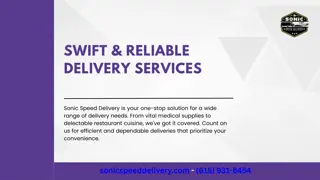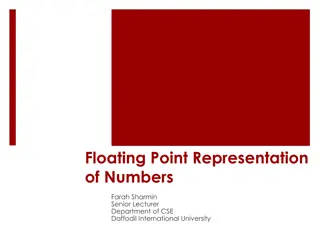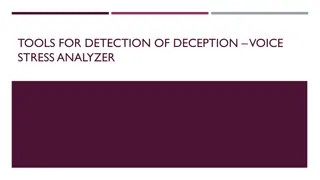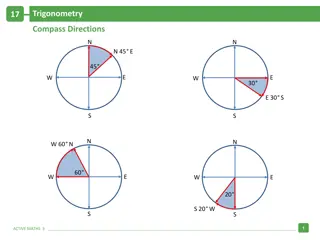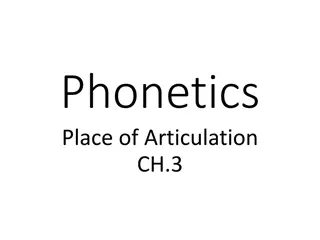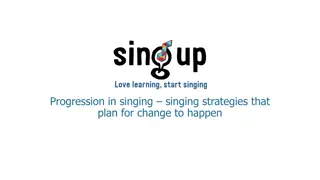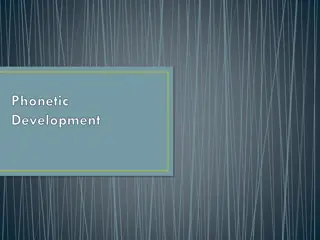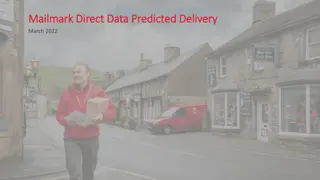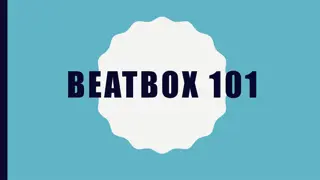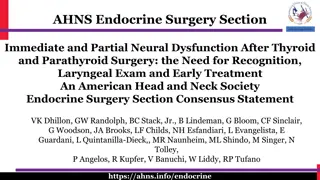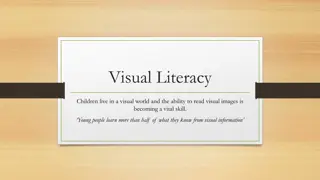
Mastering Vocal and Visual Delivery Techniques for Academic Success
Enhance your communication skills by mastering vocal and visual delivery techniques. Learn about tone, volume, pace, pause, and non-verbal cues to become a confident and effective speaker in academic settings. Engage in group collaboration activities to practice and apply these skills.
Download Presentation

Please find below an Image/Link to download the presentation.
The content on the website is provided AS IS for your information and personal use only. It may not be sold, licensed, or shared on other websites without obtaining consent from the author. If you encounter any issues during the download, it is possible that the publisher has removed the file from their server.
You are allowed to download the files provided on this website for personal or commercial use, subject to the condition that they are used lawfully. All files are the property of their respective owners.
The content on the website is provided AS IS for your information and personal use only. It may not be sold, licensed, or shared on other websites without obtaining consent from the author.
E N D
Presentation Transcript
Vocal & Visual Delivery Academic Vocabulary
Learning Targets I can define characteristics and examples of vocal and visual delivery. I can practice and enhance my delivery skills by creating and utilizing appropriate vocal and visual techniques.
Tone Tone shows the speaker s emotion or attitude
Volume Volume conveys emotion or emphasis; it also keeps attention; e.g., whispering versus shouting.
Pace Pace shows action, movement, and can also be used relay emotional state. Pace can also refer to the use of sentence structure: short choppy sentences or long flowing, descriptive sentences have different effect on the listener
Pause A pause shows thoughtfulness, hesitance, strong emotion or emphasis on a particular word or sentiment.
Visual Delivery Visual delivery includes non-verbal communication to aid in the understanding and interpretation of a performance; e.g., gestures, posture, movement, and eye contact.
Group Collaboration Divide the class into groups. Each group will be assigned one academic vocabulary term. Come up with examples or answer questions about term
Vocal and Visual Delivery Examples: Tone Give five examples of tones and verbal or non-verbal cues for each Volume When should the volume be high? When should it be low? Give an example of each. Pace When should the pace be fast? When should the pace be slow? Give an example of each. Pause Give three examples of when you should pause while speaking and why it would be effective to do so in that moment Non-Verbals Give five examples of visual delivery cues for a confident speaker
Hi Honey, Im Home. Drama Game Each student will select a scenario card. Identify the vocal and visual delivery techniques you anticipate using to convey your specified scenario. Present your scenario. See if the the class can accurately identify what situation you were assigned!
Exit ticket Complete the following performance anticipation concerning your assigned Transcendentalist role. Visual Delivery (gestures, posture, movement, eye contact) Vocal Delivery (pitch, volume, pace, rate, pauses, vocal variety, pronunciation/artic ulation) What inferences do you wish to be made regarding this character and/or scenario?


